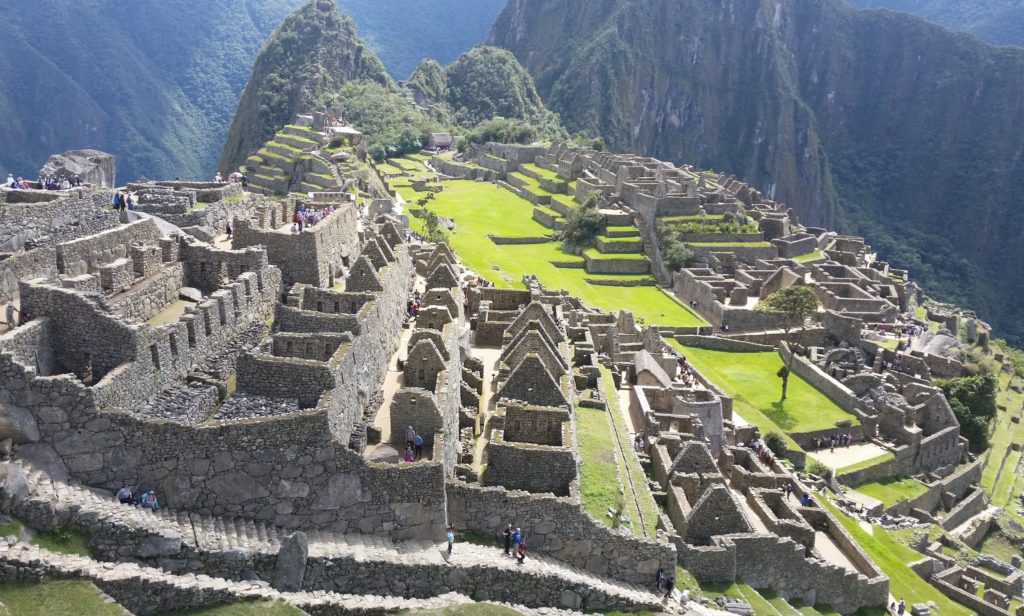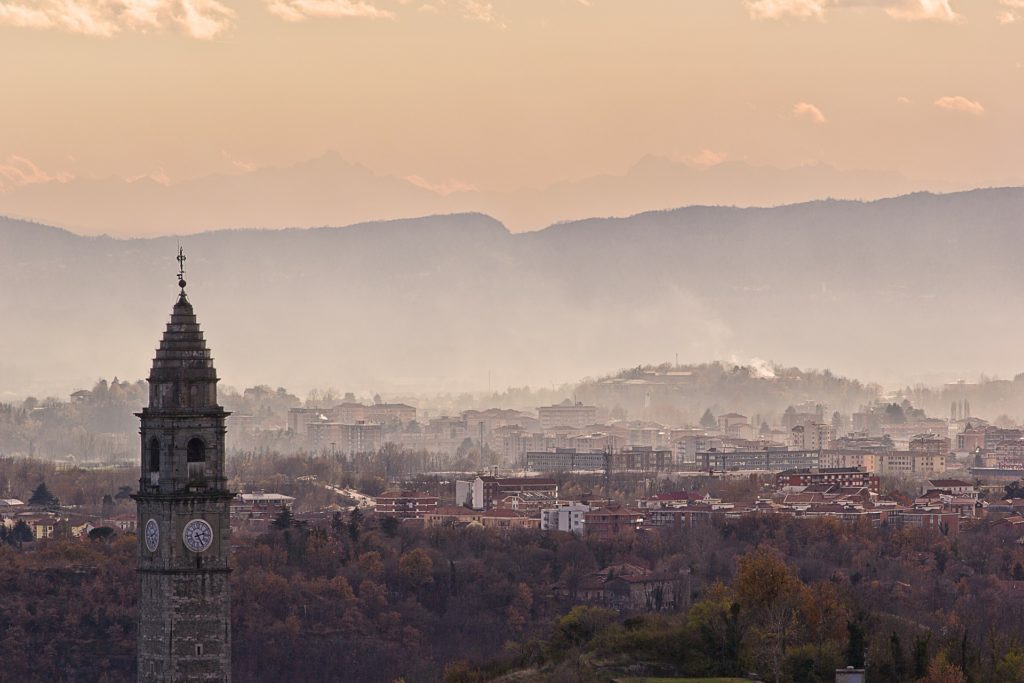Every year, UNESCO inscribes more places to their list of World Heritage Sites. On July 1st, they added the latest bunch! These make great places for future travel plans. I’ve been to a few so far, but nowhere near the full list of 1,092 sites!
What is UNESCO?
UNESCO stands for the United Nations Educational, Scientific, and Cultural Organization. From their website:
Political and economic arrangements of governments are not enough to secure the lasting and sincere support of the peoples. Peace must be founded upon dialogue and mutual understanding. Peace must be built upon the intellectual and moral solidarity of humanity.
The organization is headquartered in Paris, with regional offices and specific centers throughout the world. UNESCO manages a number of initiatives ensuring their mission is upheld.
So World Heritage Sites…what are those?
UNESCO manages an ever-expanding list of World Heritage Sites. In order to become a World Heritage Site, a location needs to fulfill a requirement based on UNESCO’s operational guidelines. There are 10 requirements, and a site only needs to fulfill one, but may fulfill multiple. Generally, these requirements dictate that the site must be of universal importance. Man-made or creative, natural wonders, unique ecosystems, architectural significance, or any of a number of claims to fame.

Machu Picchu was inscribed to the World Heritage Sites list in 1983. The site meets both historical and natural landscape criteria for UNESCO.
Every year since 1978, UNESCO has added to its list of World Heritage sites. There are the big ones, like Machu Picchu (get there soon!) and the Great Barrier Reef, that folks have heard of. The full list at the moment is a staggering 1,092 unique cultural, natural, and mixed sites. For 2018, the organization has inscribed 19 new UNESCO sites, as well as one significant change to an existing site.
Check out the New UNESCO Sites!
- Denmark – Aasivissuit – Nipisat. Inuit Hunting Ground between Ice and Sea – A cultural site, this hunting ground is located within the Arctic Circle throughout West Greenland. The 417,800 hectare site includes old hunting grounds and well-preserved archaeological remains.
- Saudi Arabia – Al-Ahsa Oasis, an Evolving Cultural Landscape – The Al-Ahsa Oasis personifies human settlement from the Neolithic Age to present day. It is the largest oasis in the world, with over 2 million date palms.
- Oman – Ancient City of Qalhat – Qalhat was a major port city on the eastern coast of the Arabian peninsula from the 11th-15th centuries. The site boasts architectural influence from the Middle East, Africa, and Asia.
- Germany – Archaeological Border complex of Hedeby and the Danevirke – Hedeby was a trading hub between continental Europe and Scandinavia during the 1st and 2nd centuries.
- Germany – Naumburg Cathedral – Construction began on this cathedral in 1028, and encompassed both late Romanesque and early Gothic architectural influences.
- Spain – Caliphate City of Medina Azahara – The city of Medina Azahara was largely destroyed during Civil War in 1009-1010 CE. This old urban site provides insight to the western Islamic powers of that time period throughout the Iberian peninsula.
- Turkey – Göbekli Tepe – Between 9,600 and 8,200 BC, hunter-gatherer societies erected these structures that likely served a ritual purpose in the Germus mountains of Anatolia.
- Japan – Hidden Christian Sites in the Nagasaki Region – On Kyushu Island, these sites includes 12 villages, Hara Castle, and a cathedral. The sites reflect early Christian missionaries and settlers in Japan.
- Italy – Ivrea, industrial city of the 20th century – Ivrea’s urban design reflects the ideas of the Movimiento Comunita, from the 1930s to the 1960s.
- Korea – Sansa, Buddhist Mountain Monasteries in Korea – Seven Buddhist monasteries throughout the Southern provinces of the Korean peninsula are included in this new UNESCO site.
- Iran – Sassanid Archaeological Landscape of Fars Region – The Sassanian Empire included much of modern day Iran from 224 to 658 CE. This architectural gem includes 8 sites across 3 regions of the southeastern Fars province of Iran.
- Kenya – Thimlich Ohinga Archaeological Site – The Ohinga seems to have served as a fort for communities northwest of Migori, in the Lake Victoria region. Thimlich Ohinga is the largest and best preserved of this architectural style within the region.
- India – Victorian Gothic and Art Deco Ensembles of Mumbai – These buildings are the result of Mumbai’s comprehensive urban planning during the second half of the 19th century.
- South Africa – Barberton Makhonjwa Mountains – The Barberton Greenstone Belt is one of the world’s oldest geological structures, the site is located in northeastern South Africa.
- France – Chaîne des Puys – Limagne fault tectonic arena – Right in the middle of France, this area is an important segment of the West European Rift and is an exceptional example of continental break-up.
- China – Fanjingshan – Within the Wuling mountain range, Fanjingshan is as high as 2,570 meters above sea level and is home to diverse plant and animal species.
- Colombia – Chiribiquete National Park – “The Maloca of the Jaguar” – The largest protected area in the country of Colombia, this forest is dominated by table-top mountains known as tepuis.
- Canada – Pimachiowin Aki – A 2.9 million hectare area of boreal forest, lakes, and wetlands.
- Mexico – Tehuacán-Cuicatlán Valley: originary habitat of Mesoamerica – This particular valley houses the world’s densest forest of columnar cacti. Archaeological remains throughout the valley demonstrate technological developments of the region.
- Russia – Central Sikhote-Alin – Originally inscribed in 2001, UNESCO has nearly tripled the size of the original Bikin Reiver Valley site, adding more than 1 million additional hectares. This area boasts unique flora and fauna along the Chinese Russia border, on the far east sides of both countries.
Try out this link for more information.
Have any plans to check these new sites out? What’s your favorite World Heritage Site that you’ve visited? Let us know!
This site is part of an affiliate sales network and receives compensation for sending traffic to partner sites, such as thepointsguy.com. This may impact how and where links appear on this site. Responses are not provided or commissioned by the bank advertiser. Some or all of the card offers that appear on the website are from advertisers and that compensation may impact on how and where card products appear on the site. Any opinions expressed in this post are my own, and have not been reviewed, approved, or endorsed by my advertising partners and I do not include all card companies, or all available card offers. Terms apply to American Express benefits and offers and other offers and benefits listed on this page. Enrollment may be required for select American Express benefits and offers. Visit americanexpress.com to learn more. Other links on this page may also pay me a commission - as always, thanks for your support if you use them
User Generated Content Disclosure: Points With a Crew encourages constructive discussions, comments, and questions. Responses are not provided by or commissioned by any bank advertisers. These responses have not been reviewed, approved, or endorsed by the bank advertiser. It is not the responsibility of the bank advertiser to respond to comments.



 Dan Miller travels with his wife and 6 (SIX!) children. He loves to help families travel for free / cheap, especially larger families. If you are looking for help, drop him an email at
Dan Miller travels with his wife and 6 (SIX!) children. He loves to help families travel for free / cheap, especially larger families. If you are looking for help, drop him an email at 
Saudi and Iran are two places not accessible for US citizen